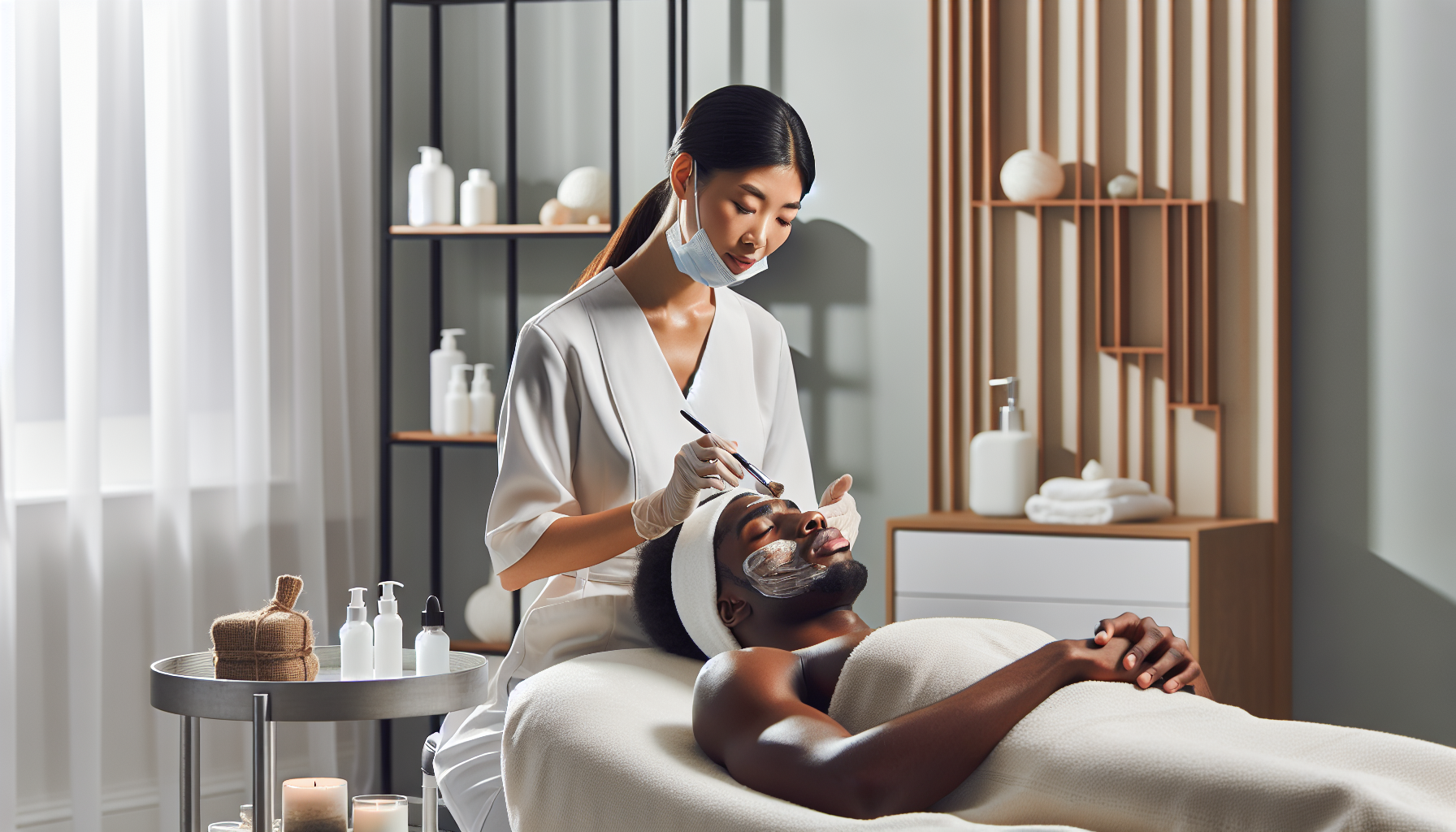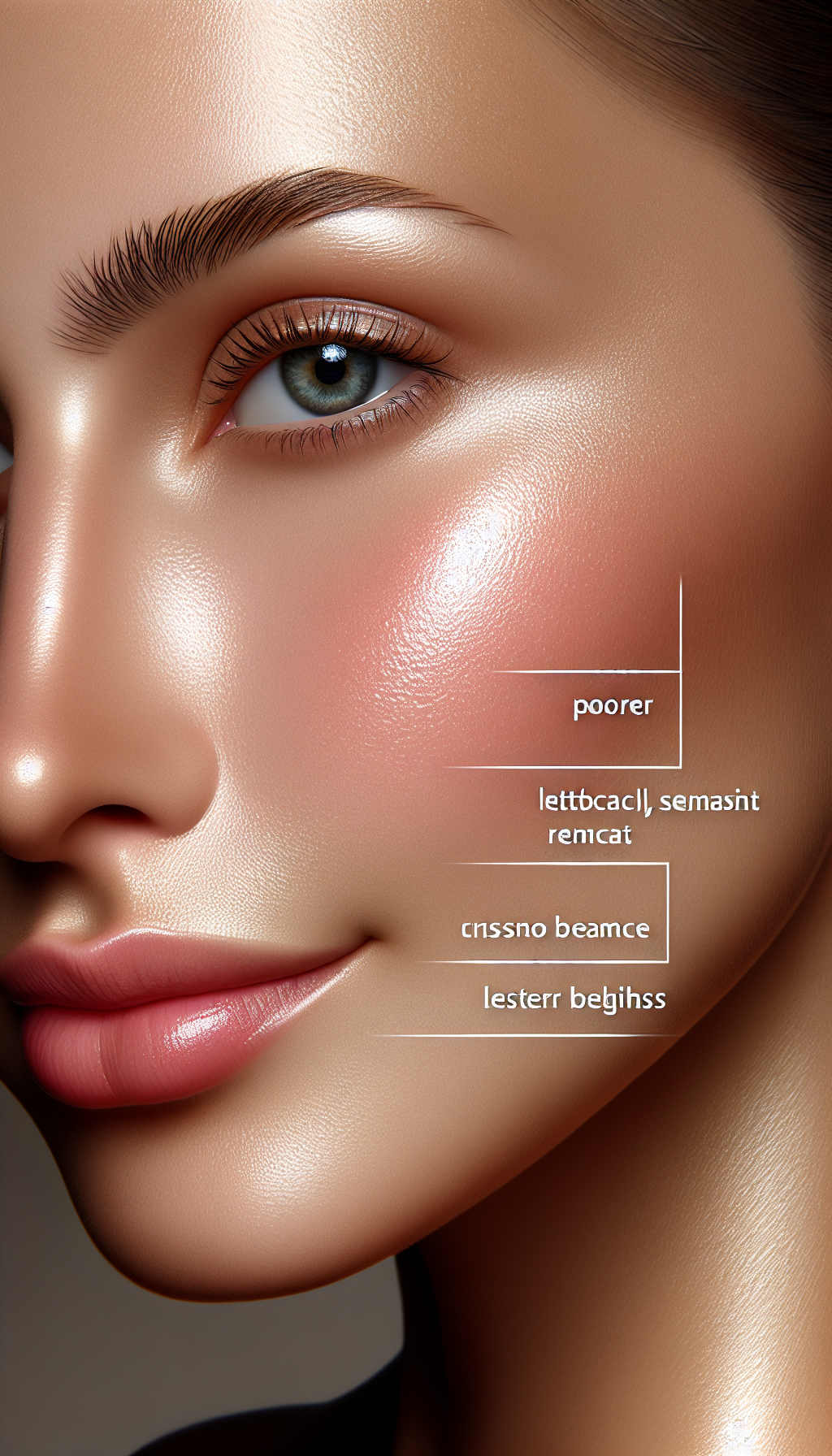In the pursuit of ageless beauty and healthy skin, many turn to professional skin care therapies. These therapies offer a plethora of benefits, ranging from improved texture and tone to reduction in the appearance of fine lines and wrinkles. However, with the myriad of options available, it’s crucial to understand not just the immediate effects but also the long-term implications of these treatments on skin health.
The Science Behind Skin Care Therapies
Skin care therapies often involve a combination of mechanical, chemical, or thermal techniques to promote skin renewal and rejuvenation. These may include microdermabrasion, chemical peels, laser treatments, and more. The science of these treatments lies in their ability to stimulate the skin’s natural healing processes and promote the production of collagen and elastin, the building blocks of supple and youthful skin.
One aspect of skin health that’s closely connected to these therapies is the skin’s hydration balance. It’s well-documented that maintaining proper hydration is pivotal for skin health, impacting oil production and overall skin appearance. For further insights into this relationship, The Relationship Between Hydration and Skin Oil Production is an enlightening read.
Evaluating Long-Term Benefits and Risks
When considering long-term effects, it’s important to look at both the benefits and potential risks of professional skin care therapies. Consistent treatments can lead to sustained improvements in skin quality. However, adverse effects can occur if treatments are not chosen wisely or performed by unqualified individuals.
Benefits:
- Enhanced Skin Appearance: Regular professional care can lead to a more even skin tone, reduced pigmentation, and a smoother texture.
- Anti-Aging Effects: Treatments like peels and lasers may diminish the signs of aging by reducing the appearance of lines and wrinkles.
- Improved Skin Health: Properly executed therapies can boost the skin’s overall health, potentially preventing future dermatological issues.
Risks:
- Skin Damage: Overuse or incorrect application of treatments can lead to scarring, infections, or pigmentary changes.
- Sensitivity to Sunlight: Some treatments can make the skin more sensitive to UV radiation, necessitating stringent sun protection measures.
- Allergic Reactions: There’s always a risk of an allergic reaction to certain chemicals or materials used during therapies.
For those curious about the implications of sun exposure post-treatment, Skin Protection from UV Radiation in the Digital Age offers valuable guidelines.
Choosing the Right Therapies
Selecting the right skin care therapies involves understanding one’s skin type, concerns, and the specific benefits of each treatment. Personalization is key, as what works for one person may not be effective for another. This is why it’s essential to consult with a qualified dermatologist or skin care professional who can recommend the best course of action for your individual needs.
For an in-depth look at how to tailor skin care products and treatments, consider exploring Personalizing Skin Care Products for Unique Skin Types.
Combining Therapies with Daily Skin Care
To maximize the long-term benefits of professional skin care therapies, they should be complemented with a diligent at-home skin care regimen. This includes daily cleansing, moisturizing, and the regular use of sunscreen to protect the skin from harmful UV rays. A balanced diet rich in antioxidants also plays a significant role in maintaining skin vitality and can enhance the effects of professional treatments.
For those interested in how diet affects skin appearance, a visit to external resources like the American Academy of Dermatology’s page on nutrition and skin can provide additional insights.
Advanced Professional Therapies
The world of professional skin care is ever-evolving, with new technologies and methods continually being developed. Next-generation dermatological solutions offer advanced approaches to skin care, utilizing cutting-edge research and techniques to deliver more effective and long-lasting results.
To understand the potential of these advancements, Embracing Next-Generation Dermatological Solutions is a must-read.
The Role of Lifestyle in Skin Care
Lifestyle factors such as stress, sleep, and exercise all have profound impacts on skin health. Managing stress, for instance, can prevent stress-induced breakouts and other skin issues. Similarly, adequate sleep and regular exercise contribute to a radiant complexion and can support the skin’s healing process after professional therapies.
For more detailed information on how stress affects skin health, an external resource like the National Center for Biotechnology Information’s study on stress and skin can offer scientific perspectives.
Conclusion
Professional skin care therapies, when chosen and applied correctly, can lead to significant long-term benefits for skin health and appearance. It’s important to weigh the potential risks and benefits, tailor treatments to individual skin types, and maintain a consistent skin care routine. By staying informed about the latest advancements and understanding the interplay between lifestyle factors and skin health, individuals can achieve not only immediate cosmetic improvements but also lasting skin wellness.
To maintain optimal skin health, it’s also important to consider the body’s overall well-being. Skin Health is one aspect, while being mindful of other areas such as Digestive Health and Cardiovascular Health is just as crucial in supporting a holistic approach to a healthier you.



